When it’s been growing vigorously and then begins to wilt, your Anthurium houseplant is trying to tell you something.
Whether you’re tending an A. andraeanum or A. scherzerianum with its colorful, heart-shaped spathes, or a species like A. clarinervium or A. crystallinum, grown for its lovely foliage with contrasting veins, the droop is most likely a hint that your plant needs a change.
You’ll need to do some sleuthing to determine the root cause of the wilting, and figure out how to deal with it before the plant succumbs.
This process isn’t complicated, even if you’re new to indoor gardening. But it does require fast action. If you can catch a problem before it goes too far, you’ll probably be able to revive your plant.
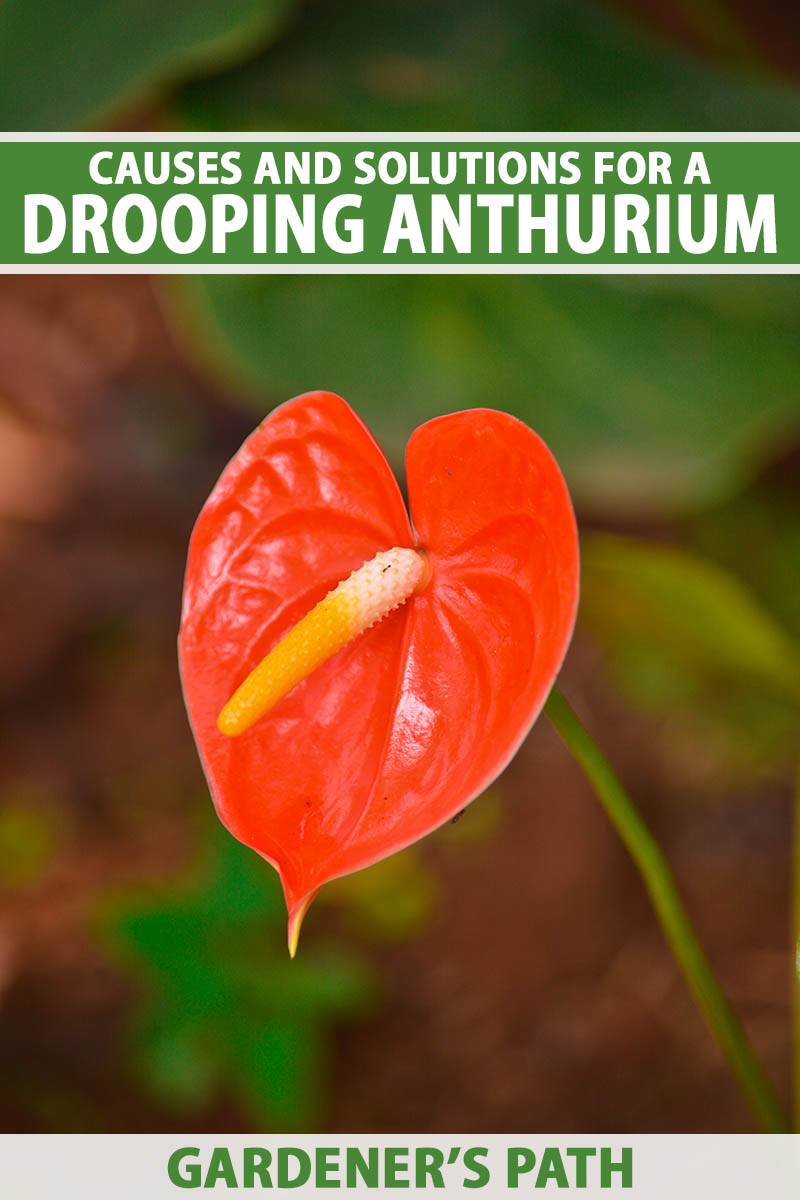
We link to vendors to help you find relevant products. If you buy from one of our links, we may earn a commission.
I don’t want to paint too rosy a picture, though – in some cases, a plant that starts drooping already has a serious condition known as root rot, and you may not be able to bring it back to life.
So, let’s try to note the wilting and resolve the situation way ahead of root rot developing, okay?
I’m going to aid you in your quest by describing a handful of conditions that may cause anthuriums to wilt, and how to combat each – if doing so is possible.
Here are the potential causes we’ll look at up ahead:
Drooping Anthurium Causes and Solutions
Age
When you’re a devoted indoor gardener, you may fret at the first sight of a shriveling leaf.
With anthuriums, though, you can put your fears to rest if the “wilting” you observe could be better described as a condition where just a few leaves are fading and drooping at the lowest points on the plant.
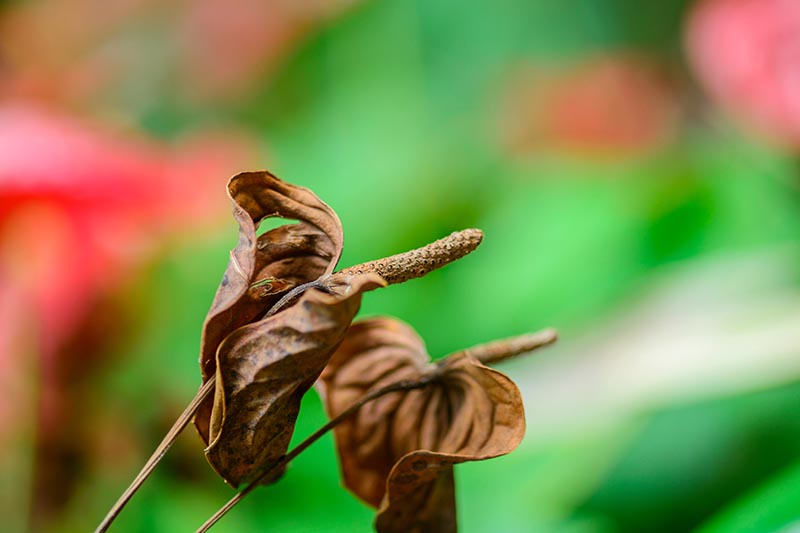
That’s merely a function of natural aging, and it’s nothing to worry about. You can get out your clippers or scissors and prune any aged leaves if you like, to tidy up your plant’s appearance.
If you’re growing one of the species that produce colorful, modified leaf bracts known as spathes, they’ll also wither and die a few weeks to a month after they unfurl.
Just as you would deadhead a flower, all you need to do with these dried spathes is clip them off with sanitary scissors.
If natural aging or dying spathes are not the type of wilting you’ve observed, it’s time to start looking for a different cause.
The best way to figure out what’s gone wrong is to systematically confirm or rule out the following possibilities:
Too Little Water
These tropical types need ample water, though they will do best when you allow at least the top quarter of the soil in their pots to dry in between bouts of watering.
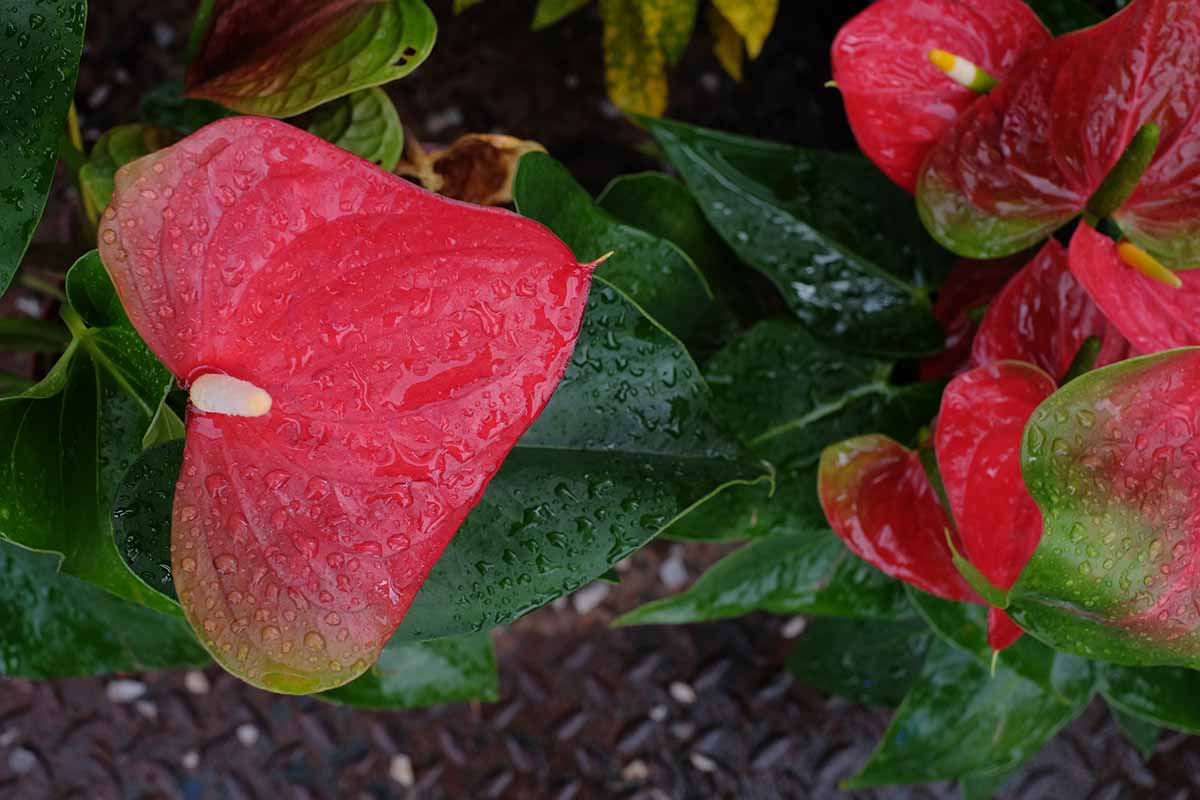
If the soil is dry to the touch and the leaves are downcast, investigate a bit further. Either use a moisture meter or your finger to determine how far the dry soil goes.
If it’s arid to a depth that extends below that recommended top 25 percent, you may have found the source of your plant’s wilting.
Go ahead and water thoroughly, following the steps in our guide. Keep going until you see water coming out of the drainage holes, let it drain for a bit, and discard the excess.
If the plant peps up, great! Vow to get on a better schedule for keeping it hydrated, and consider the issue solved.
If overly dry soil isn’t the culprit, keep reading!
Overwatering and Root Rot
It may seem like a kindness to give your anthurium lots of water, and often, but this tactic can backfire.
If you water so much that the plant is in soggy soil or the roots are standing in water at the bottom, the wet potting medium will suffocate the roots, and prevent them from taking up water and nutrients to hydrate and nourish the rest of the plant.
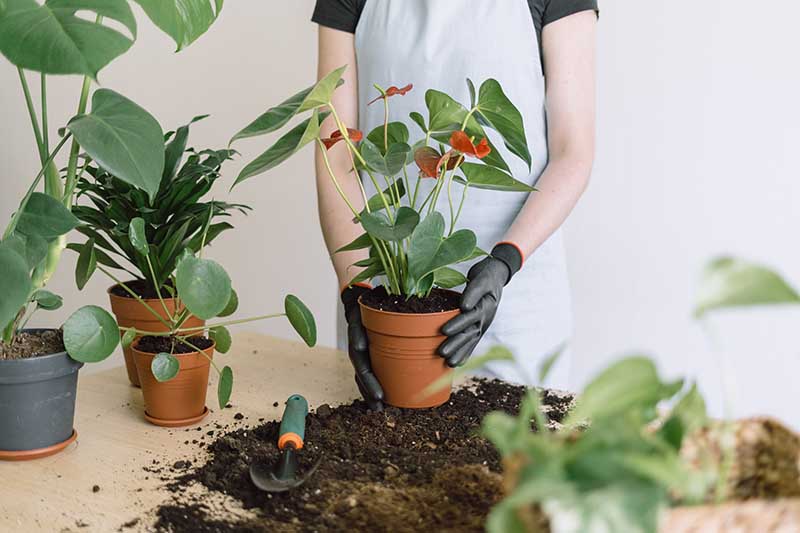
That can cause the whole plant to droop. Overwatering is also tied to the houseplant’s sworn enemy, root rot. It develops when water molds (also known as oomycetes) in the Pythium genus attack the roots in wet conditions, basically suffocating them and making them rot.
Wilting leaves and stems can indicate root rot. The big clue is an accompanying stench of decay.
To determine if a plant that smells foul is afflicted, look through the drainage holes to see if the roots are brown and slimy. If so, ease the plant from its container so you can determine the extent of the damage.
There’s a chance you can tackle rot by cutting out the rotten parts, along with clipping any dying foliage or stems. Then make sure to repot in a sanitary container with completely new soil.
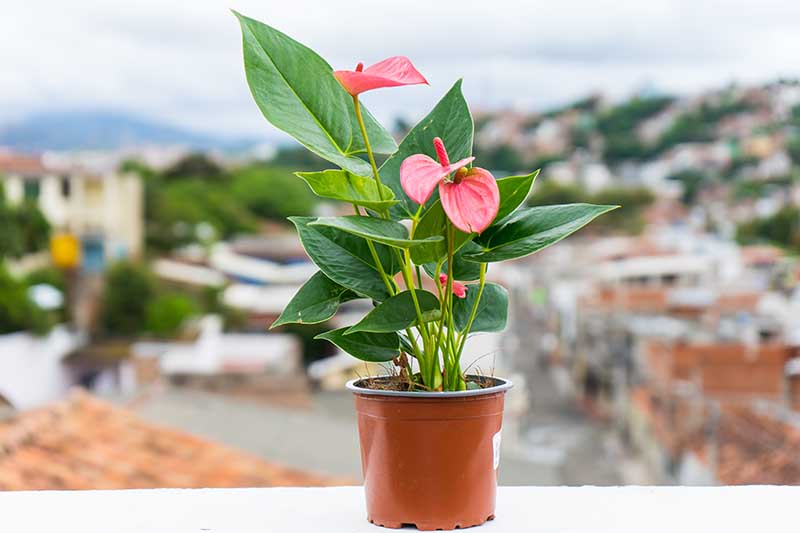
Sadly, root rot can be so extensive by the time you realize it has taken hold that you may end up having to just get rid of the plant.
If you manage to avoid that fate, prevent future root rot by establishing a consistent – but not overzealous – watering schedule for the plant moving forward, checking the soil moisture and watering as needed.
A gardening journal, calendar or text reminders can help you stay on track, until you have the hang of it.
Also reduce your odds of overwatering by providing a growing medium that drains well, and always grow anthuriums in containers that have drainage holes.
Too Much Direct Light
When your plant faces direct sunlight, either outdoors or through a window, the leaves may dry out. They won’t get limp, necessarily, but they can look shriveled, or even brown and scorched.
If your plant displays these symptoms, there’s an easy fix. Merely move the plant to a superior location, one that provides ample, but indirect, light.
Learn more about light exposure and other growing requirements for anthuriums in our guide.
Mealybugs and Whiteflies
It’s fairly rare for these tropical species to have trouble with insect pests, especially if they don’t go outdoors in the warmer months.
But it’s possible that mealybugs (Pseudococcidae) or whiteflies (Trialeurodes vaporariorum) will infest your plants.
If they do, they will suck sap from your plants and produce a sticky “honeydew” that can deter photosynthesis, making the leaves wilt and drop as a result.
You may be able to spot them on the leaves, or note the signature yellowing or shriveling they cause.
Just a few of either bug can be cleared with a spray of soapy water. If you need to resort to more drastic measures in the case of a more severe infestation, reference our guides to mealybug or whitefly prevention and elimination.
Aw, Droopy Anthurium, Feel Better Soon!
It’s gratifying to be able to revive an anthurium that’s gone into a slump, and I hope one of these solutions will work for you.
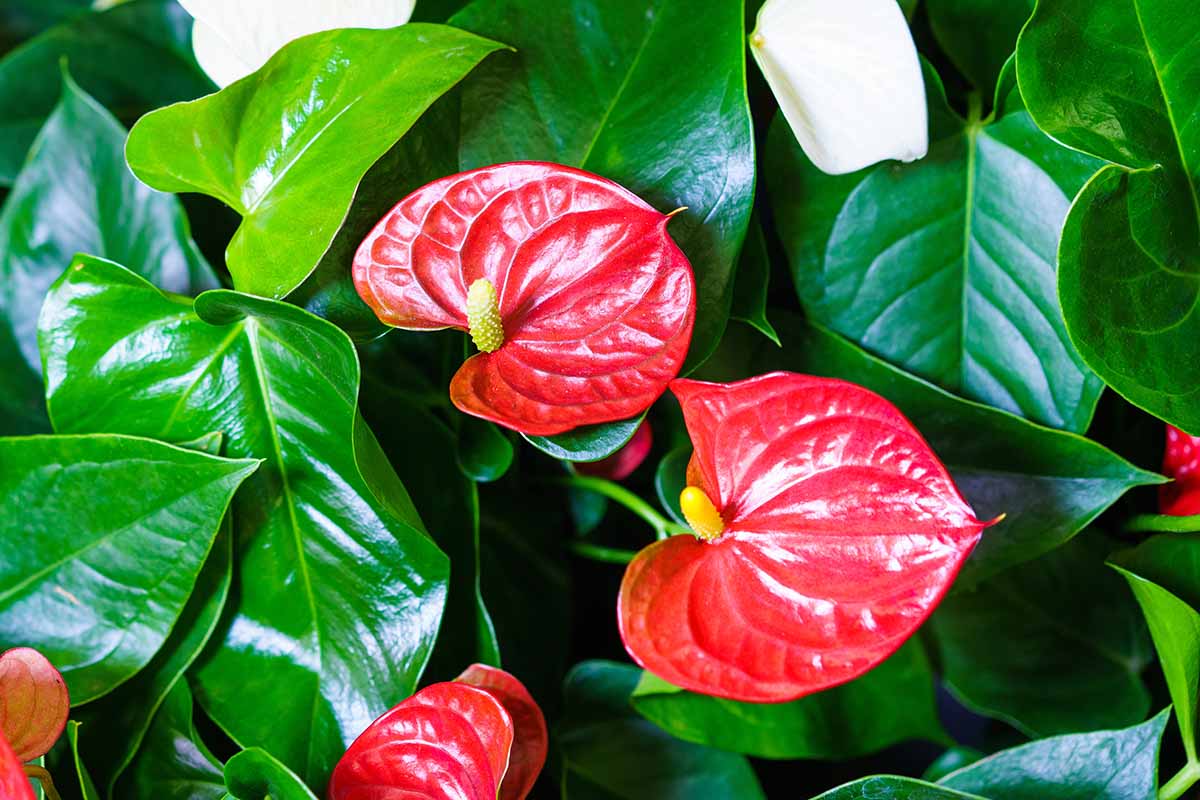
Should you have any tips of your own to add, kindly share them in the comments section below.
And if you found this troubleshooting guide helpful and are looking for more indoor gardening advice, read these houseplant articles next:
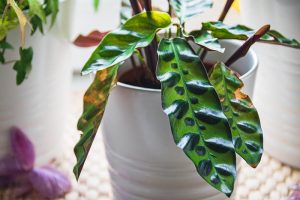
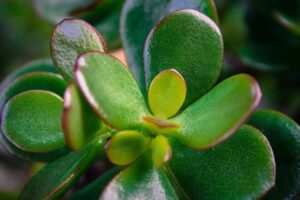
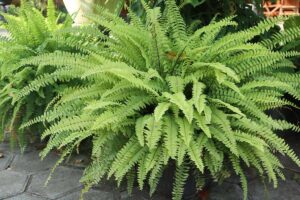
Good article
Thanks for reading, Laura!